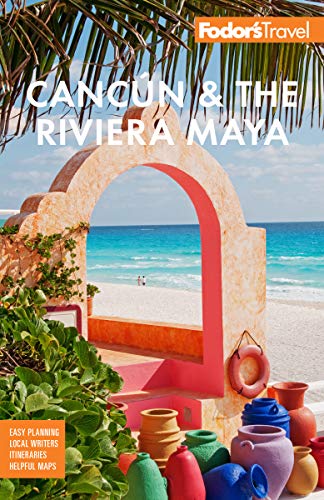Caribbean Coastal History
Mayan culture is the enduring backdrop for Mexico's Caribbean Coast. Archaeologists have divided this civilization, which lasted some 3,500 years, into three main periods: preclassic and late preclassic together (2000 BC–AD 100), classic (AD 100–1000), and postclassic (AD 1000–1521). Considered the most advanced civilization of the ancient Americas, the Maya are credited with several major breakthroughs: a highly accurate calendar based on astronomical study; the mathematical concept of zero; hieroglyphic writing; and extraordinary ceremonial architecture. Although the Maya's early days were centered on the lowlands in the south-central region of Guatemala, Mayan culture spread north to the Yucatán Peninsula sometime around AD 987. Tulum, which was built during this period, is the only ancient Mayan city constructed right on the water.
Until the 1960s, Quintana Roo (then a Mexican territory, not a state) was considered the wildest coast in Central America. The Caste War of the Yucatán, which began in 1847 and ended with a halfhearted truce in 1935, herded hardy Maya to this remote region. With the exception of chicleros (men who tapped zapote or chicle trees for the Wrigley Chewing Gum Corporation), few non-Maya lived here.
By the 1950s the Mexican government began giving tracts of land to the chicleros in hopes of colonizing Quintana Roo. At that time there were no roads. A few cocals, or coconut plantations, were scattered throughout the peninsula, headed by a handful of Maya families.
In 1967 the Mexican government decided to develop an international tourist destination, and was on the hunt for the location with the finest beaches, the most beautiful water, and the fewest hurricanes. A stretch of unpopulated sand at the northeast tip of the Yucatán Peninsula was the lucky winner. Soon after Cancún was born, Quintana Roo became Mexico's 31st state.
The phenomenal rise of Cancún has meant heightened exposure and economic overflow for communities farther south. Today the region extending down the coast to Tulum has developed into one of the world's most popular beach destinations.




